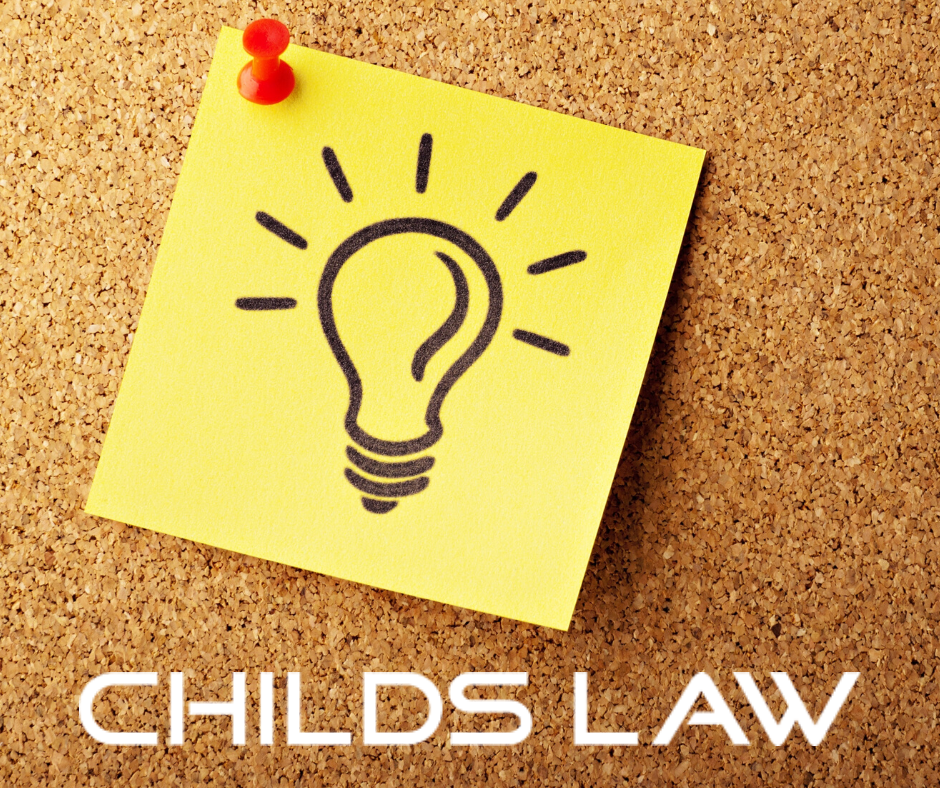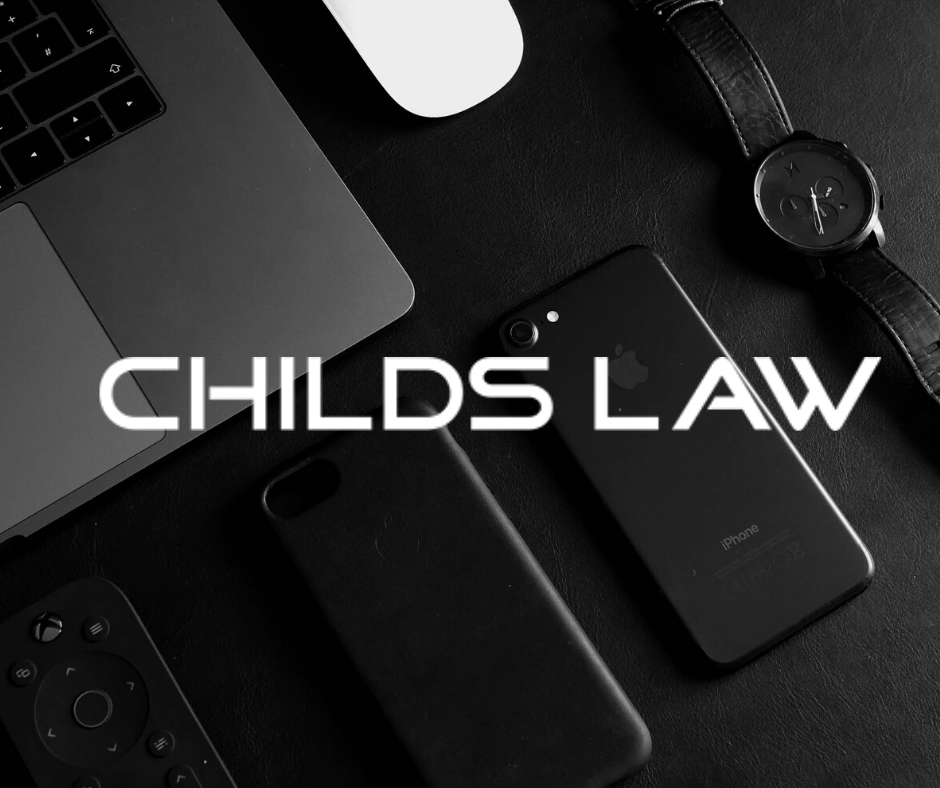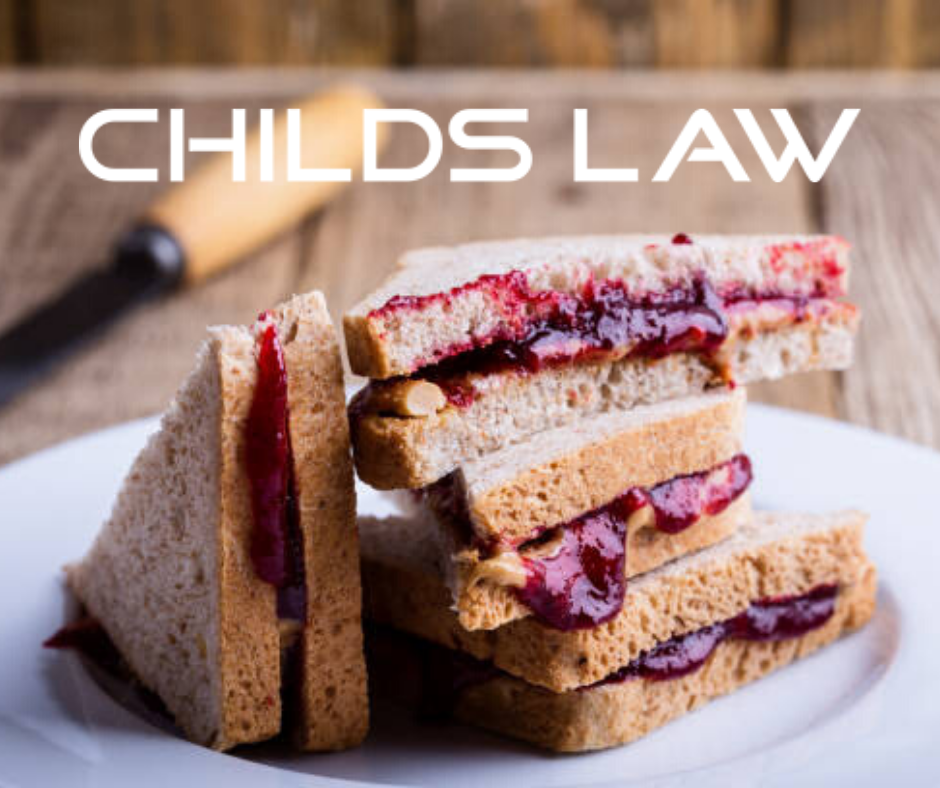Part 8: How to Patent an Idea: A Guide for Beginners
This is the last post in my series - How to Patent an Idea: A Guide for Beginners Thank you for taking the time to read my insights on how to understand patent claims. I hope this information was useful and helped to clear up some of the confusion that comes with pursuing a patent. Here is a quick summary of the main takeaways discussed throughout this series: Patents Only Protect Your Invention In Their Country of Origin. Only Issued Patents Can Be Used To Sue A Competitor. Only The Claims Of A Patent Protect Your Invention.Claims Are Usually Open-Ended: Make Sure That Your Claims Only Recite Essential Aspects Of Your Innovation. Patent Attorneys Are Claims Fundamentalists: Make Sure That Every Word Is Necessary And Not Overly Limiting. Challenge Every Word! Try To Envision All Variations Of Your Innovation And Ask Your Patent Attorney If Your Claim Will Cover That Variation. Find The Bottlenecks Created By Science, Your Application, Or Regulations, And Claim Them. It is up to you to ensure that your patent is valuable, and your ideas are well protected. If your current patent attorney doesn’t seem to have the time to help you prevent design around, Childs…






